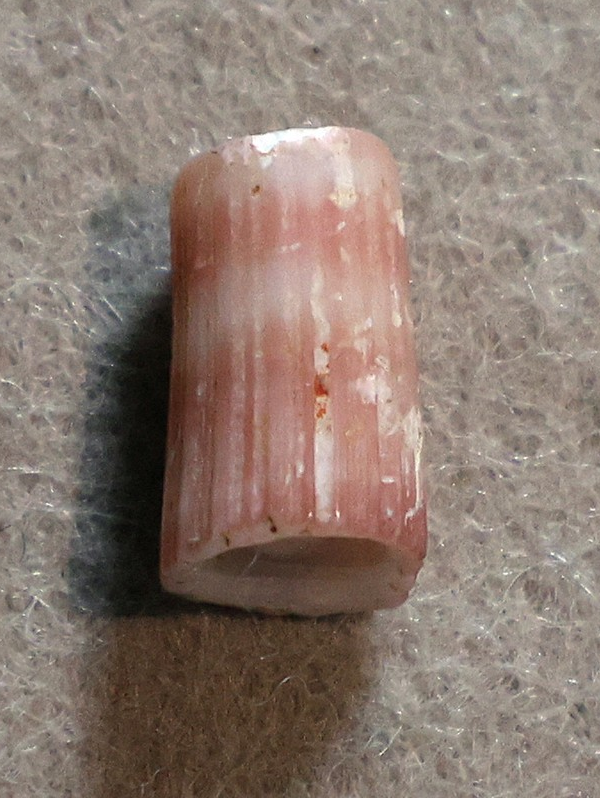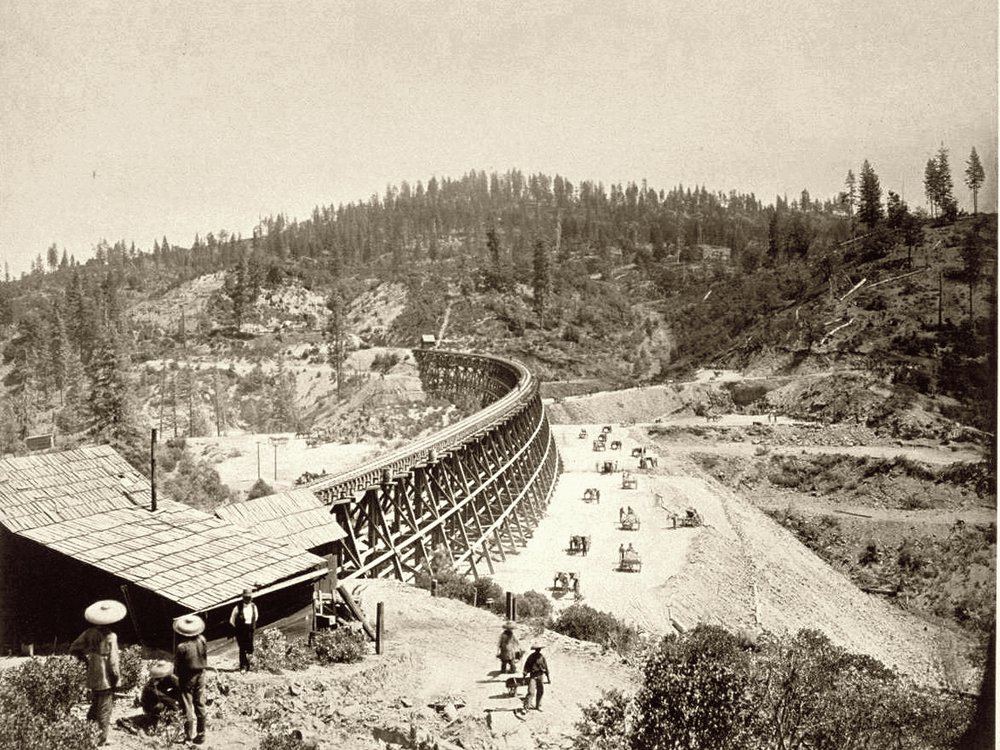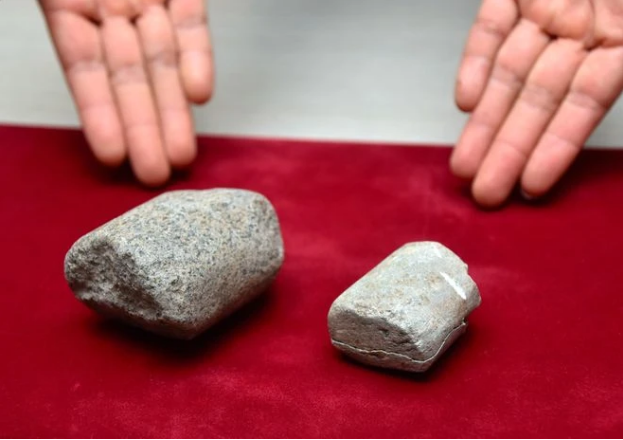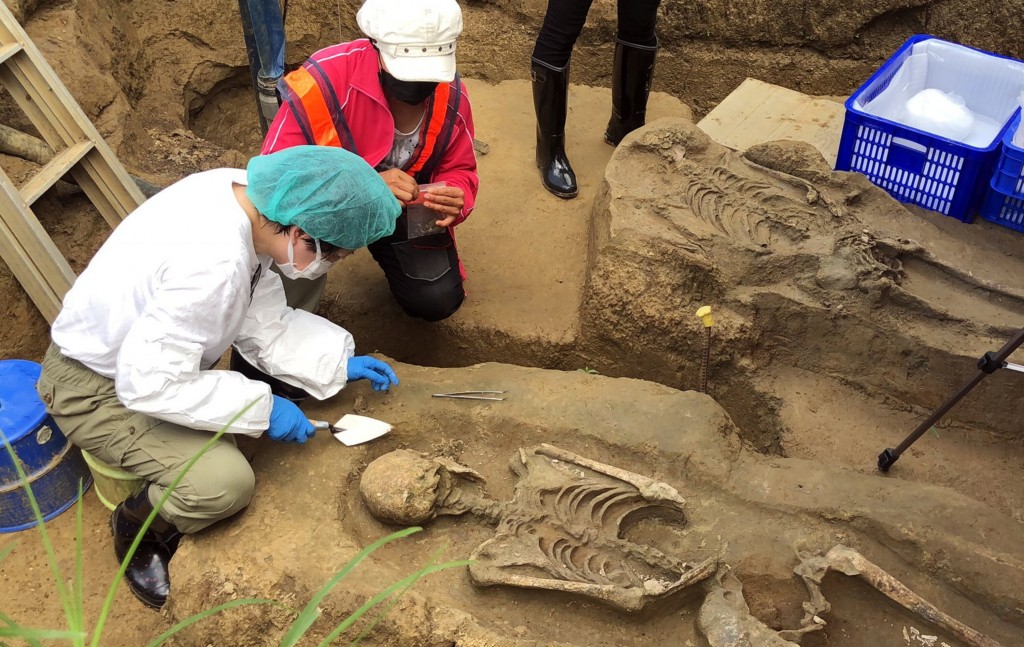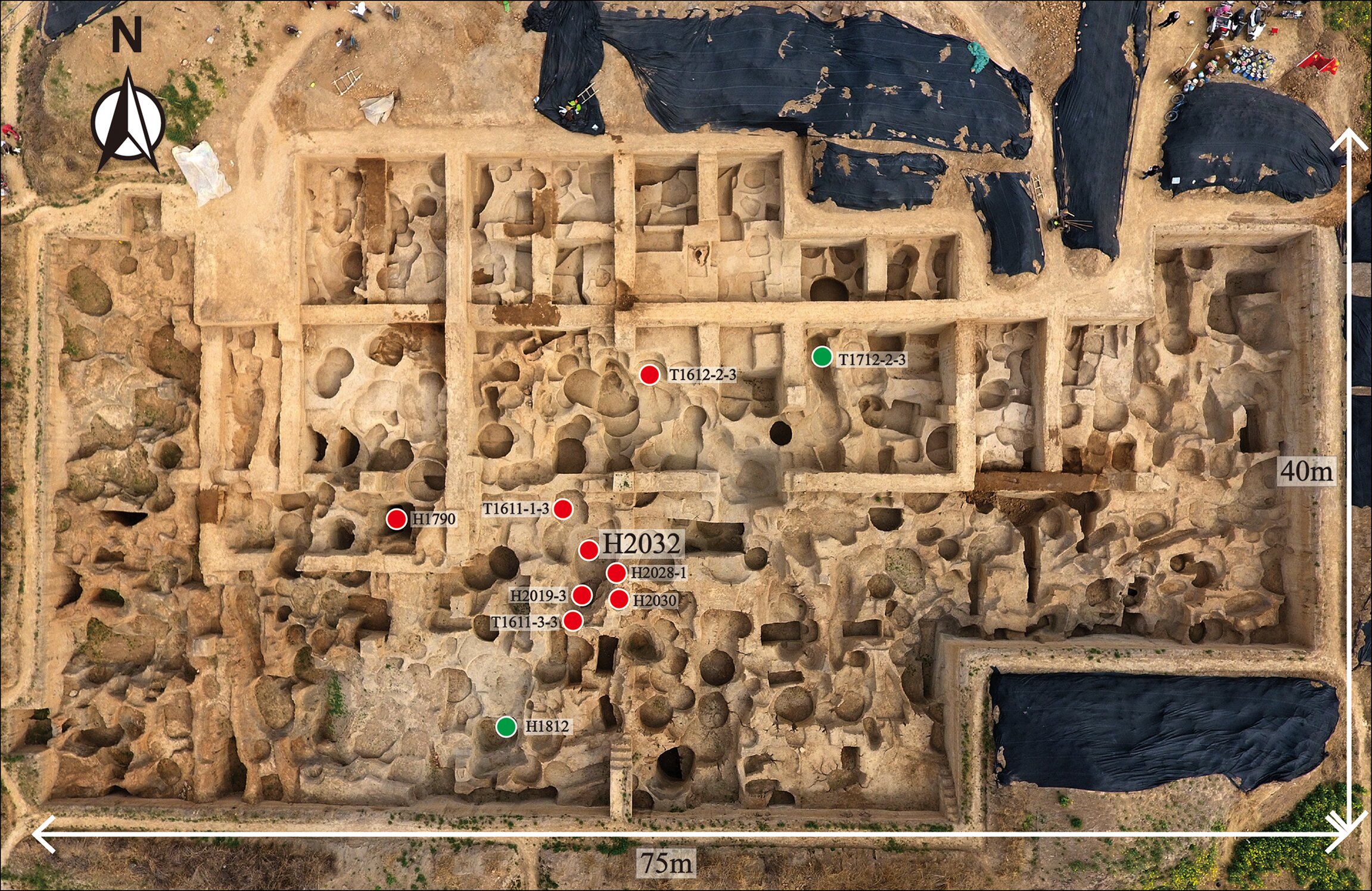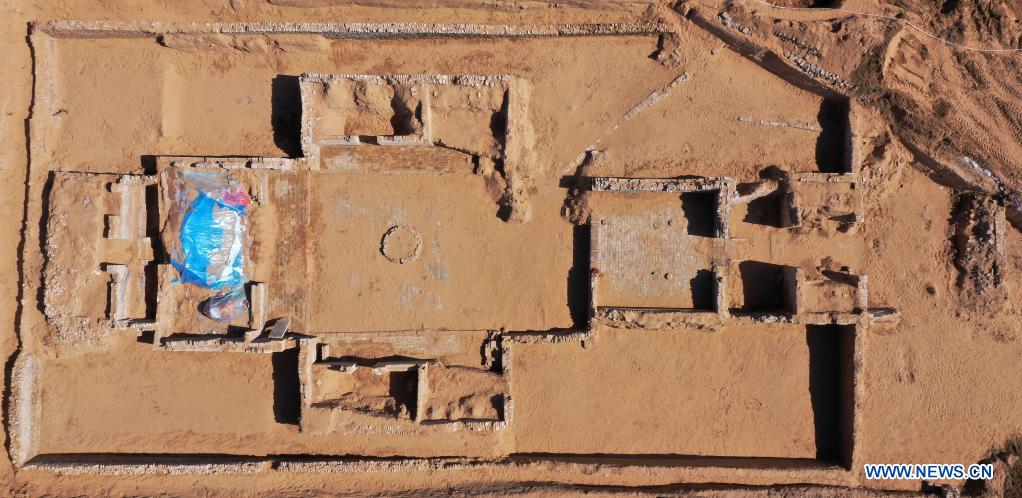The Archaeological Centre at the University of Toronto will be hosting a talk titled "In a Nutshell: Examining the Oversimplification of Jomon Period Ground Stone through Starch Grain Analysis in Southern Hokkaido Japan" by Dr Emma Yasui via Zoom on Friday, November 5, 2021, at 3:00 PM EST. Those interested in attending can register via the following link: Meeting Registration - Zoom
SEAA News Blog: Noteworthies
Archaeologists in Utah have unearthed artifacts from a long-abandoned town once populated by Chinese workers who helped build the first transcontinental railroad in the mid-19th century.
KASUGA, Fukuoka Prefecture--Prehistoric people in Japan apparently used an advanced system of weights and measurements on a decimal basis, excavations at a Yayoi Pottery Culture Period (1000 B.C.-A.D. 250) site here suggest.
Researchers identified what is known as a decuple weight with 10 times the reference unit mass of 11 grams among artifacts unearthed at a series of archaeological sites collectively known as the Sugu group, where many measurement weights have previously been discovered, the Kasuga municipal board of education said.
The official excavation research of Wolseong began in December 2014.
Literally translated as “moon castle” in English, Wolseong, which is also listed at Unesco World Heritage, measures more than 200,000 square meters and is considered one of the most important historical sites in Korea as it was the seat of the Silla Dynasty. Compared to its historical weight, the Wolseong area had been left largely unexplored.
Yen Ting-yu (顏廷伃), who received a PhD from National Taiwan University’s Department of Anthropology and is responsible for the excavation, estimated that the two skeletons date back to the Neolithic period, 2,500 years ago. This site marks a breakthrough in archeology for the Chiayi region, as previously there had not been many findings.
For the full article, please see: https://www.taiwannews.com.tw/en/news/4282330?fbclid=IwAR2XVdvQvSVj-Bz0…
"A team of researchers from Zhengzhou University, the Modern Analysis and Computer Center of Zhengzhou University and Peking University, all in China, has found evidence of what appears to be the oldest coin-minting operation ever uncovered. In their paper published in the Cambridge University journal Antiquity, the group describes their discovery and study of coins and minting molds found at a dig site in Henan Province, China, and what they have learned about it."
SEAA is pleased to announce Prof. Peter Bellwood from Australian National University has been awarded the 28th International Cosmos Prize for his contributions to developing our understanding of past human societies, and especially his research on the early farming dispersal hypothesis in Southeast Asia. For more information see the following links:
https://www.anu.edu.au/news/all-news/anu-archaeologist-awarded-top-honour-for-lifes-work--
‘Dragon man’ skull reveals new branch of family tree more closely related to modern humans than Neanderthals
The discovery of a huge fossilised skull that was wrapped up and hidden in a Chinese well nearly 90 years ago has forced scientists to rewrite the story of human evolution.
Analysis of the remains has revealed a new branch of the human family tree that points to a previously unknown sister group more closely related to modern humans than the Neanderthals.
The remains of a Great Wall castle dating back to the Ming Dynasty (1368-1644) were discovered in northwest China's Shaanxi Province, said the Shaanxi Academy of Archaeology on June 8, 2021.
Architectural relics, including two courtyards, were found at the remains of the Qingpingbao castle, located in Jingbian County, Yulin City.


